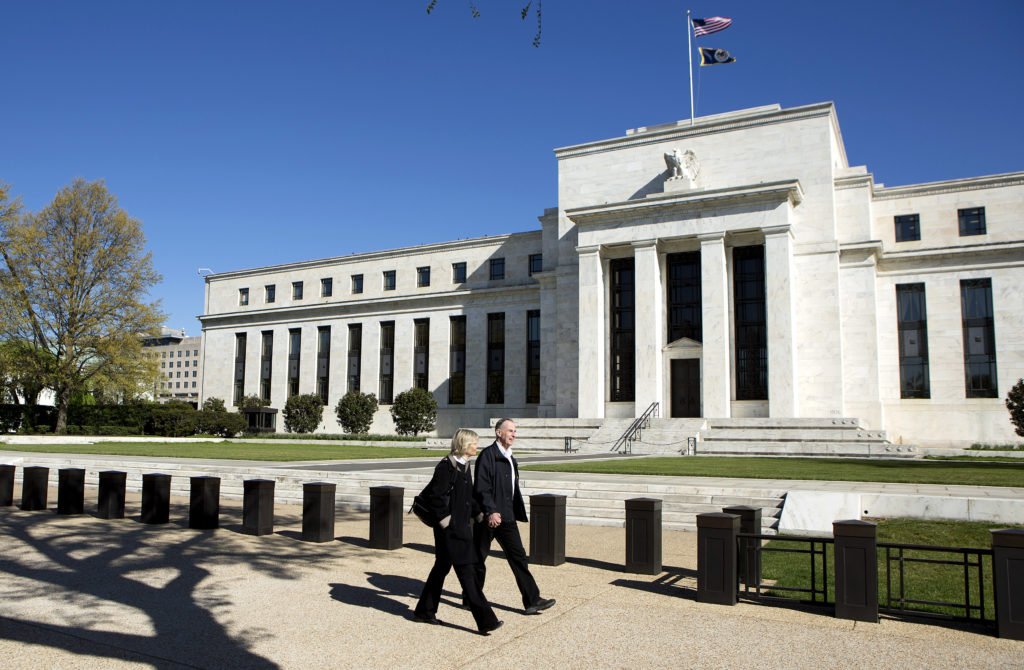Economic Policy: Recent Fed Rates Cuts and Their Significance
The Federal Reserve (Fed) has the responsibility of implementing monetary policy on behalf of the US government by setting interest rates. When interest rates are low, capital is available, which stimulates economic growth. However, if unchecked, low-interest rates may lead to high inflation. High-interest rates create a situation of low money supply, which may cause a recession or even depression.
The Fed is required to maintain acceptable levels of unemployment between four to five percent while restricting inflation to figures around two percent. The Fed achieves this mandate by raising or lowering the fed overnight lending rates (the fed funds rates). At the end of October 2019, the fed decreased the fed funds rate to a target of between 1.5 to 1.75 percent. This is the third cut since July this year.
Why Did the Fed Cut Interest Rates?
By lowering the fed funds rate, the Fed aims at stimulating economic growth. The department of commerce has released data for the third quarter that shows GDP growth at a rate of 1.9 percent. Although the figures are better than the market expectation of 1.6 percent, it is a decline from the 2.0 percent growth in the previous quarter. The US growth is on a decline, in the third quarter of 2018, GDP growth was at 3.4 percent. The 1.9 percent growth rate is the slowest in 2019.
The October interest rates cut was more of a precautionary move. A majority of fed committee members believe that the US economy is reasonably strong. The current unemployment rate is the lowest in recent times. Consumer spending performed better than expected. The rates cut is a result of reduced investments and exports due to weakening global growth. The Fed’s decision to cut interest rates is to protect the US economy from the trade-war effects and global slowdown.
Importance of the Fed Funds Rate
The Central Bank of America monitors the performance of the US economy due to its significance to the global markets. Currently, the US is operating on a budget deficit meaning the economy is a net importer. Many countries across the globe depend on exports to the US for stability. Should the US economy underperform, many economies will be hurt. A recession in the US will adversely affect Canada, Mexico, Europe, and many other nations like it did in 2008-2009.
Significant volumes of investment instruments in the financial markets are US dollar-denominated. For this reason, the Fed has to worry about the economy, and by extension, the US dollar. The US dollar is of great importance in international investments and the flow of capital across borders.
Three Funds Rate Cuts: The Performance Connection in Bonds
Historically, three successive interest rates cuts have had positive effects on the performance of the bond market. Between 1995, 1996, and in 1997, there were three consecutive rate cuts and a pause. The S&P 500 returned 24 percent and 19 percent in those years. Where there had been an economic slowdown followed by three rate cuts and a stop, the economy always responds by accelerating. The October funds rate cut was the third in a row. Fortunately, the Fed has no intention of cutting the rates further soon. Going by precedence, the bond market is in line for better returns.
Conclusion
Data from the US economy is not giving a clear picture of the status of the economy. While there has been a decline in GDP growth, unemployment and inflation rates are within their targets. The rate cut will help address declining GDP growth and shield the US economy against the impact of the current trade wars. Bond investors should expect improved yields if history repeats itself.
